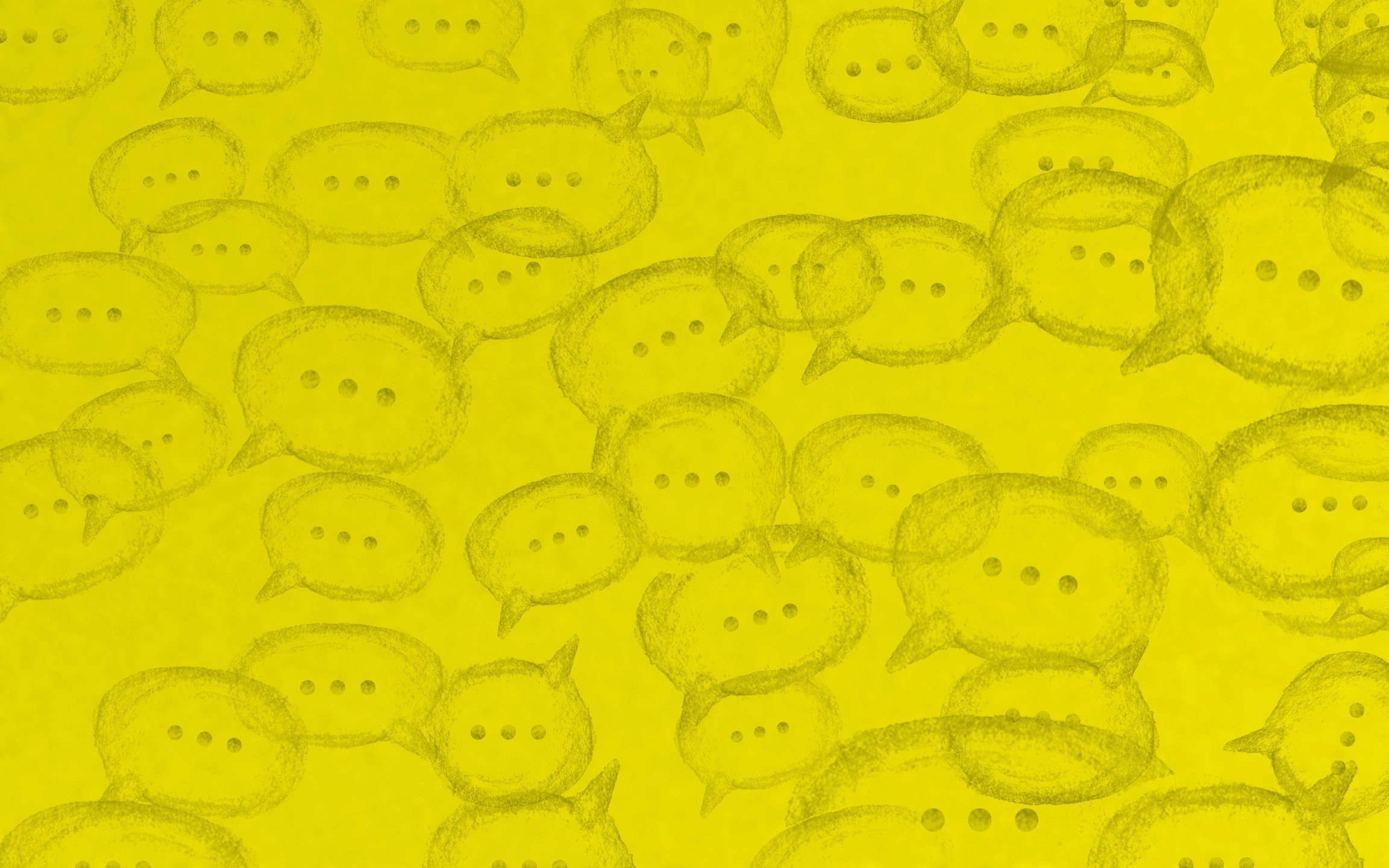Tips & Resources
“UNDERSTANDING
is a TWO-WAY street"
—Eleanor Roosevelt
STEPS TOWARD CHANGE
CHALLENGING BIAS
Simple ways to recognize and unlearn biases in everyday life
Pause before making assumptions—ask yourself, “Is this the full story?”
Pay attention to who you admire, trust, or fear—challenge those patterns
Seek out different perspectives—listen to voices that aren’t often centered
When someone shares an experience of bias, listen without defending or dismissing
Growth starts with discomfort—lean into the challenge of unlearning
ACTIVE LISTENING
Tips for truly hearing and understanding others
Give your full attention—distractions weaken connection
Let silence be part of the conversation—people open up when they don’t’ feel rushed
Reflect back what you hear—“It sounds like you’re feeling…”
Ask open-ended questions—“Can you tell me more about that?”
Resist the urge to offer solutions—sometimes, being heard is the answer
BRIDGING DIFFERENCES
How to have conversations with people who think differently
Approach with curiosity, not the goal of being right
Start with shared values—common ground builds trust
Use “I” statements instead of “you” accusations
Ask, “How did you come to see it that way?”
Know when to pause—some conversations need time
BUILDING INCLUSIVE BONDS
Small actions that create welcoming spaces
Learn and use people’s names—it matters
Make space—invite quieter voices into conversations
Notice who’s missing—whose perspectives aren’t being heard?
Speak up when someone is dismissed or excluded
Small actions create belonging—kindness, eye contact, a genuine hello
EVERYDAY EMPATHY
How to practice empathy in practical, meaningful ways
Assume good intentions, but acknowledge real harm
Before reacting, ask “How would I feel in their place?”
Compassion isn’t agreement—it’s understanding
Instead of “What’s wrong with them?” ask “What might they be going through?”
A small kindness can shift someone’s entire day
RETHINKING ASSUMPTIONS
Questions to ask yourself before making judgments
Challenge first impressions—snap judgments aren’t truth
Notice when you label someone—people are more complex than categories
Ask yourself, “Would I see this differently if they looked, spoke, or lived another way?”
Be aware of media bias—whose stories get told—and whose don’t
Let people define themselves—listen to how they describe their own experience
CULTIVATING CURIOSITY
Simple practices for expanding your perspective
Ask, don’t assume—approach new perspectives with curiosity, not conclusions
Seek out different stories—read books, watch films, and listen to voices beyond your norm
Embrace “I don’t know”—admitting uncertainty opens the door to growth
Get comfortable with discomfort—learning happens beyond the familiar
Stay open, even in disagreement—curiosity is about understanding, not agreeing
SPEAKING UP WITH KINDNESS
How to address bias or injustice while keeping connection at the center
Lead with curiosity—“I hadn’t thought of it that way. Can we talk about it?”
Stay calm—anger can shut down conversation
Offer another perspective instead of calling someone “wrong”
Humor can build bridges, but only when it’s laughter with, not at
Know your limits—sometimes, the most effective response is setting a boundary
Small actions create big change. Discover ways to support, uplift, and stand beside those making a difference.

Reach Out Anytime
Have thoughts or ideas about building a stronger, more connected community? I’d love to hear from you! Share your thoughts and tips here, and I’ll add them to our list of tips and resources.















